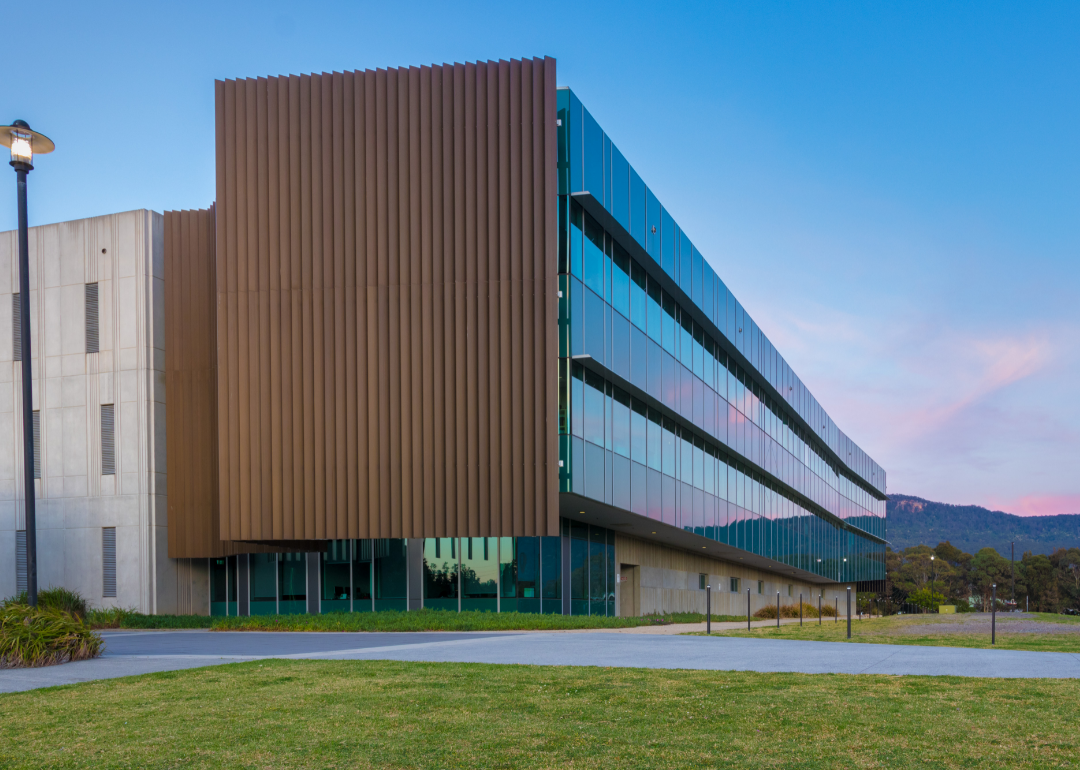
Best-performing commercial real estate sectors over the past 25 years
This story originally appeared on EquityMultiple and was produced and distributed in partnership with Stacker Studio.
Best-performing commercial real estate sectors over the past 25 years
From office buildings and industrial parks to retail shops and multifamily homes, the pandemic did not spare a single category of commercial real estate. But the real estate industry has been in a constant state of flux for 25 years, when the arrival of the internet began reshaping the way people shopped, worked, and lived.
In terms of real estate, the past quarter century has produced plenty of losers—but also many winners, as well. This story is about the winners.
EquityMultiple ranked four U.S. real estate sectors based on how they performed over the past 25 years, using data from the CoStar Group, Inc., released on Sept. 24, 2021 Commercial Repeat-Sale Indices report. The U.S. sectors are ranked according to their index growth between June 1996 to June 2021. The CoStar Commercial Repeat-Sale Index was developed by using the repeat-sale regression technique, which is based on properties that have sold more than once without any significant change in building characteristics between sales. This story also includes information on how the U.S. composite and investment grade non-distressed indices have grown over 25 years.
The full methodology for the CoStar report can be found here.
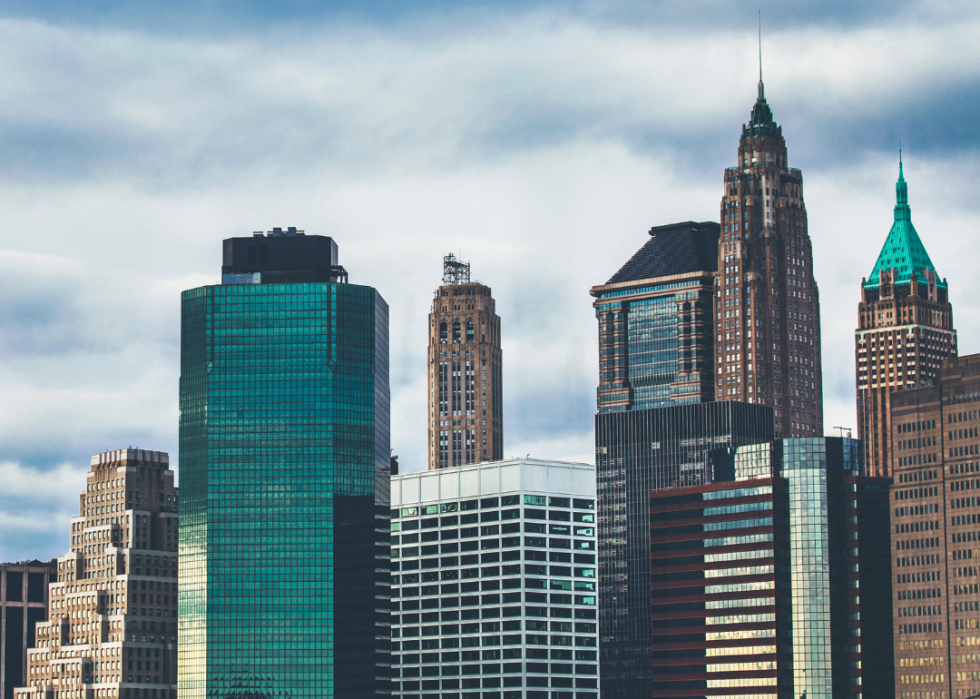
National outlook
- U.S. composite non-distress index in June 2021: 288 (350.0% higher than in 1996)
- U.S. composite non-distress index in June 1996: 64
- U.S. investment grade non-distress index in June 2021: 276 (338.1% higher than in 1996)
- U.S. investment grade non-distress index in June 1996: 63
In May, more than a year into the coronavirus pandemic, the Wall Street Journal reported that despite all the empty office buildings, vacant hotels, and ghost town shopping malls, the commercial real estate sector was doing surprisingly well. The foreclosure rate had barely changed, private equity firms and pension funds were spending record amounts of money on new buildings, and prices never fell anywhere near as far as they did in 2008.
Much of that, of course, can be credited to government coronavirus relief programs, but the virus arrived during one of history’s greatest economic runs, and that tide lifted real estate along with all the other boats. As Quantum Listing points out, 2019 signaled 120 months—a full decade—of uninterrupted economic expansion, the longest in the post-war era. That, along with the rise of tech, the rise of e-commerce, and soaring demand for multifamily homes, has made commercial real estate a red-hot ticket for investors nationwide.
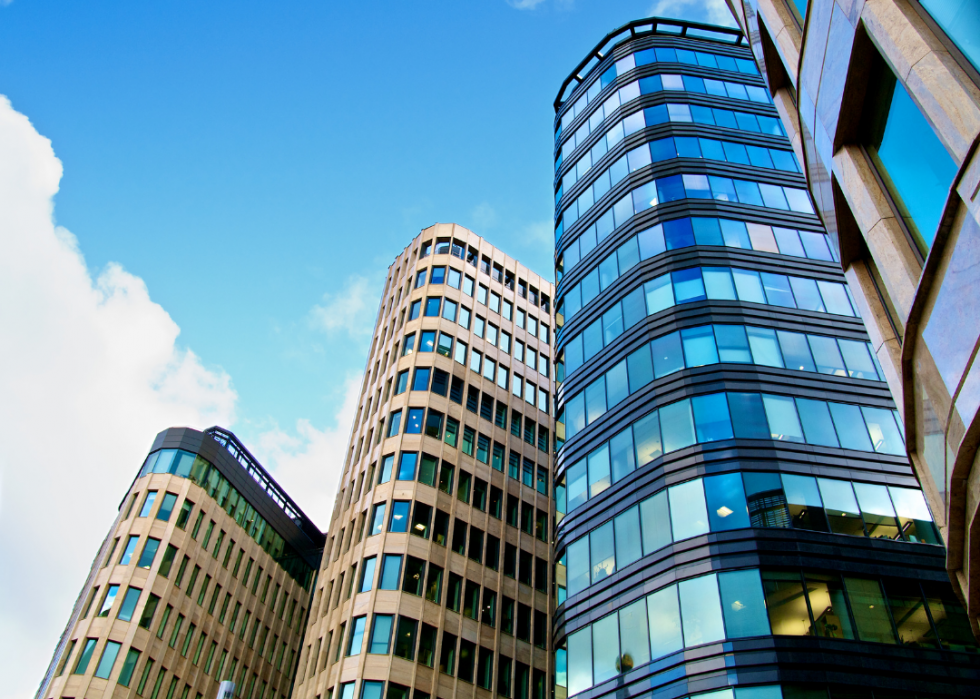
#4. Office
- U.S. property type index in June 2021: 203 (227.4% higher than in 1996)
- U.S. property type index in June 1996: 62
It’s impossible to talk about the economy between 1996–2021 without talking about the rise of big tech—and it was big tech that drove the explosive growth of office real estate in those 25 years. At the heart of it all, of course, was Silicon Valley, which had 141 million square feet of office space by 2008, according to Commercial Cafe, and then 20% more just 10 years later—but the Bay Area was hardly alone.
The biggest U.S. cities added 682 million square feet of office space in just 10 years, with the Southwest, Northeast, and Midwest making giant square-footage gains in the nine figures or close to it. Sprawling, tech-inspired office campuses drove rapid suburban growth in the biggest metro areas, which sent both residential and commercial real estate prices skyward well beyond San Francisco.
The pandemic brought all that to a screeching halt, emptying offices across the country and forcing an economy-wide reimagining of corporate office culture—but the post-pandemic future is uncertain. Many workers will remain fully remote, and Forbes predicts that office rents will increase by 5.8% or $19.40 per square foot to pay for health, safety, and ventilation upgrades. But with so much in flux with the future post-pandemic, it's possible offices may have a renaissance down the road—although it's too soon to tell.
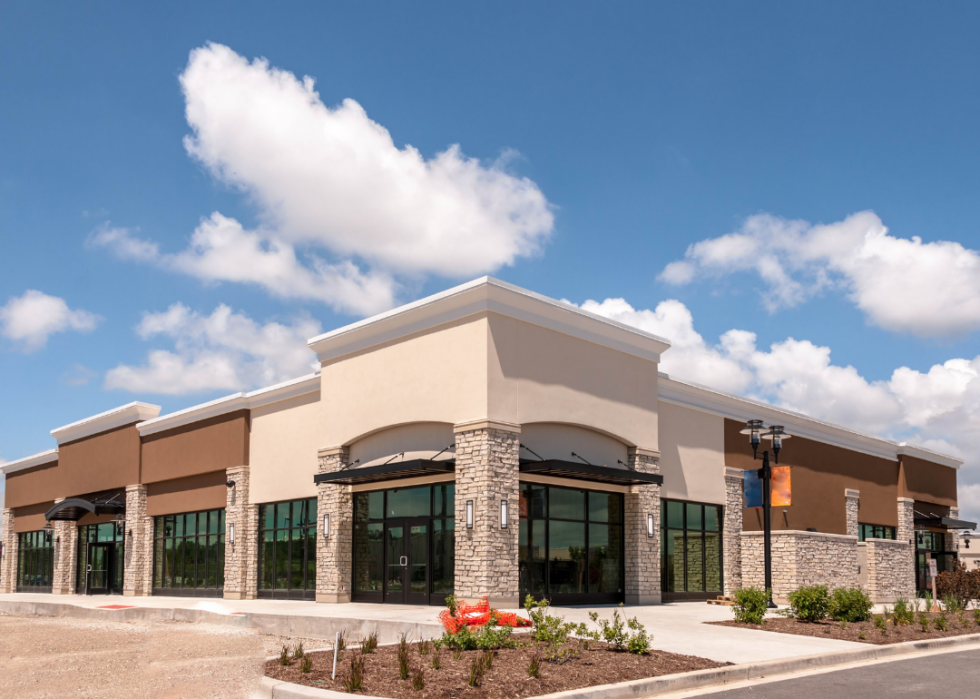
#3. Retail
- U.S. property type index in June 2021: 241 (259.7% higher than in 1996)
- U.S. property type index in June 1996: 67
Retail real estate is one of the biggest and most diverse segments of the commercial real estate sector, according to Forbes, accounting for a full quarter of all commercial real estate. Retail real estate soared at the start of the century despite the fact that e-commerce was taking off and 20th-century brick-and-mortar giants like Sears, Toys R Us, Radio Shack, Circuit City, and JCPenney were collapsing into a death spiral. The reason, according to a report from the National Bureau of Economic Research, is that wholesale clubs like Costco and grocery-plus-department-store giants like Walmart enjoyed enormous growth during that same time period.
Although the industry enjoyed growth of 4% to 5% over the past decade, retail stores—not including big-box and grocery stores—were hit by the pandemic, with the coronavirus causing the highest number of retail bankruptcies in more than a decade. Malls, strip malls, and shopping plazas were hit especially hard, and real estate services company CBRE predicts a 20% reduction in U.S. retail real estate inventory by 2025.
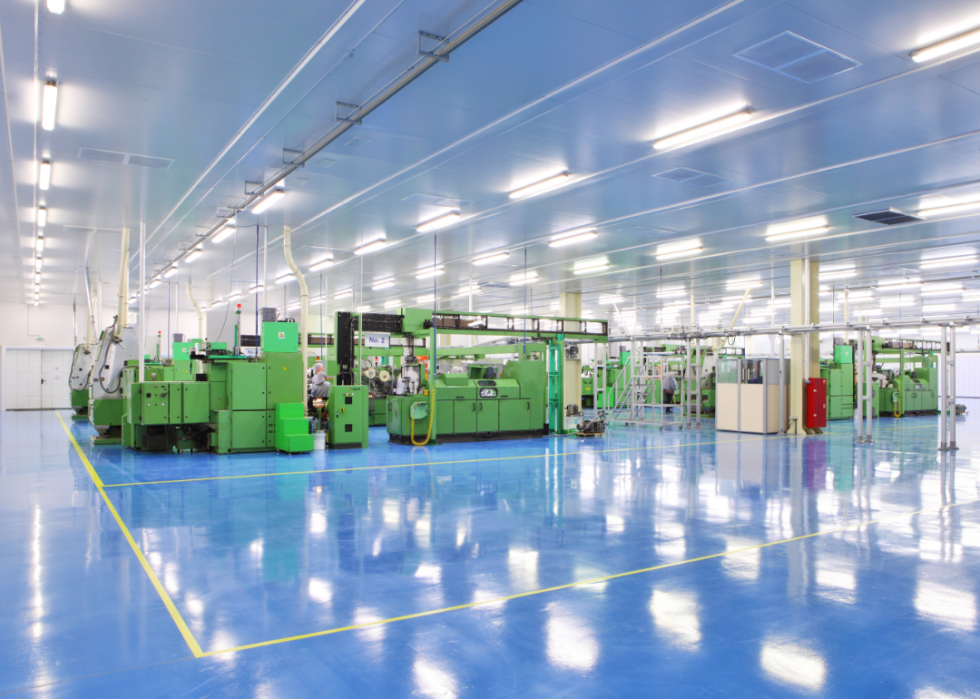
#2. Industrial
- U.S. property type index in June 2021: 287 (310.0% higher than in 1996)
- U.S. property type index in June 1996: 70
Industrial real estate has been one of the hottest segments of the entire market for 25 years—right around the time that people first started hearing about a company called Amazon. Since the mid-1990s, e-commerce has been to industrial real estate what tech was to office real estate—but unlike office space, the pandemic has only increased demand for industrial buildings.
Demand for gargantuan, 200,000-plus-square-foot facilities hit a record high in 2020, according to CBRE, as giants like Home Depot and Gap opened massive new warehouses and distribution centers to accommodate the continued growth of online sales. In July, demand for industrial space topped 664 million square feet nationwide, according to The Business Journals, most of which could be traced to e-commerce. For context as to just how high demand has risen in the red-hot industrial market, Amazon alone is spending hundreds of millions of dollars to transform office space, derelict malls, and even golf courses into warehouses and distribution centers, according to CNBC.
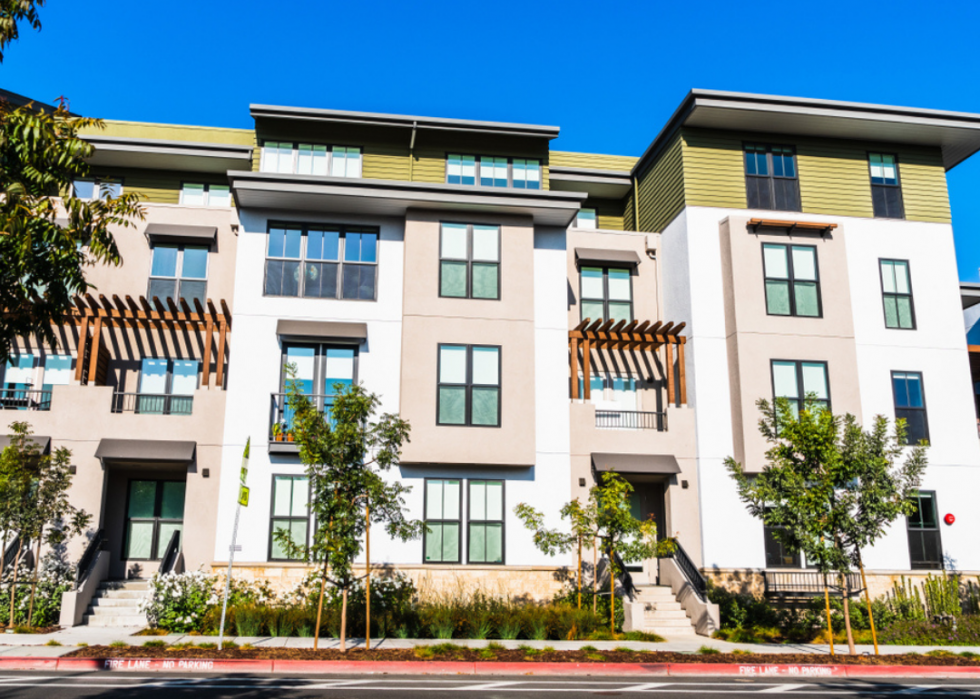
#1. Multifamily
- U.S. property type index in June 2021: 405 (542.9% higher than in 1996)
- U.S. property type index in June 1996: 63
Although the commercial multifamily sector has been on the rise since the mid-’90s, the category slumped in 2008. The Great Recession—and the housing crisis that started it all—was a before-and-after moment for apartment complexes and other commercial multifamily properties, according to the National Apartment Association. With more than 9 million foreclosures between 2006–14, homeownership rates plummeted from 69% to less than 63% as 23 million Americans became renters between 2008–18.
For context as to just how quickly and how massively the category has grown, less than $105 billion were invested in apartments in 2007, but a decade later in 2017, that number had vaulted to $154 billion. Today, according to Forbes, competition for multifamily properties is so stiff that investors are overbidding large deals worth more than a half-billion dollars by between 5% and 10%.
The COVID-19 pandemic has and will continue to shape the future of real estate, opening the doors for new investment possibilities. The trends of the last quarter-century offer a vantage point into cultural shifts and a guideline for spaces to invest in down the road.



